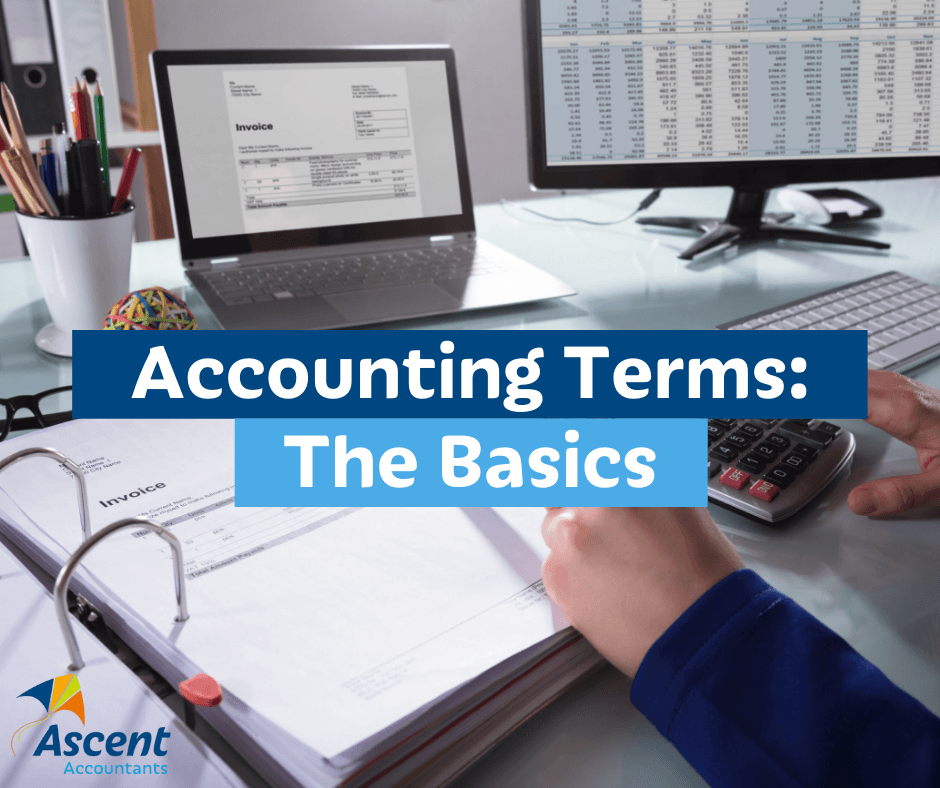October 13, 2025
If you're living and working in Australia on a visa, you may be required to lodge a tax return with the Australian Taxation Office (ATO). Australia's tax system is complex—even more so if you're a visa holder. We specialise in helping visa holders understand and manage tax obligations with clarity, compliance, and confidence. With years of experience in this niche area, our dedicated team of tax professionals is here to make tax time stress-free. Do visa holders need to lodge a tax return? If you earn income in Australia, you're likely required to lodge a tax return. This applies even if you're on a temporary or bridging visa. Common visa types that often require a tax return include: Working Holiday Visa (subclass 417 or 462) Student Visa (subclass 500) Temporary Skill Shortage Visa (subclass 482) Graduate Visa (subclass 485) Partner Visa (subclass 820/801 or 309/100) If you earn more than the tax-free threshold (currently $18,200), you must lodge a return. Some visa holders, however, don’t qualify for this threshold—more on that below. Australian Tax Residency Test explained. When it comes to lodging your tax return, your tax residency status makes a huge difference. Even if you're on a temporary visa, you could still be a resident for tax purposes. This affects how much tax you pay, what deductions you're eligible for, and whether you can claim the tax-free threshold. 1. The Resides Test (Main Test) This is the primary test. You’re likely a resident if: You live in one place and have regular routines (like renting a place, going to work or uni) You’re part of the local community (bank account, phone, gym, etc.) You stay in Australia for a continuous period of 6 months or more You intend to stay long term—even if your visa is temporary 2. The Domicile Test You may be a resident if your domicile (legal home) is in Australia, unless you can prove your permanent place of abode is overseas. This usually applies to: Australian citizens or PRs working overseas temporarily People who still maintain strong ties to Australia Note: Most temporary visa holders don’t pass this test unless they’ve been in Australia long-term. 3. The 183-Day Test. If you’re physically in Australia for 183 days or more in a financial year (doesn’t need to be consecutive), you may be a resident—unless your usual place of abode is clearly overseas and you don’t intend to live here. You’re likely a resident if: You stay for 6 months or more You rent long-term accommodation You’re working or studying with the intention to remain for an extended time Common visa types & how tax applies. 1. Student Visa (Subclass 500) Likely considered a tax resident if you stay over 6 months Can claim the tax-free threshold ($18,200) Can deduct eligible expenses (like textbooks, computers for study if working in a related field) 2. Working Holiday Visa (Subclass 417 or 462) Taxed at a flat rate of 15% on income up to $45,000 Must lodge a return if you earn any income Generally, not eligible for the tax-free threshold Superannuation can be claimed back when leaving Australia (through DASP) 3. Temporary Skill Shortage (TSS) Visa (Subclass 482) Often considered a tax resident, especially if you're working full time and have relocated Must lodge a return and may be eligible for tax offsets Can claim work-related deductions and rental expenses (if conditions apply) 4. Partner Visa (Subclass 820/801 or 309/100) Usually treated as a resident for tax purposes Same obligations and entitlements as an Australian citizen Tax returns may support future PR or citizenship applications Key differences for visa holders. 1. Tax Residency Status Your tax residency is not the same as your immigration residency. You could be a temporary visa holder and still be considered an Australian resident for tax purposes. If you're a resident for tax purposes, you may be eligible for the tax-free threshold and lower tax rates. If you're a non-resident, you’ll pay tax on every dollar earned (no tax-free threshold) and possibly at higher rates. Factors like how long you’ve been in Australia, your living arrangements, and whether you plan to stay long-term affect your tax residency status. The ATO provides a residency test to help determine your status. 2. Working Holiday Makers If you hold a working holiday visa, you're taxed at a special flat rate (15% on income up to $45,000 as of 2024-25), regardless of your residency status. You're still required to lodge a return if you’ve worked. 3. Access to Tax Offsets and Benefits Only Australian tax residents can access certain tax offsets, such as the low-income tax offset. You may also qualify for superannuation contributions, but you'll need to apply for a Departing Australia Superannuation Payment (DASP) when leaving the country permanently. What are the common mistakes to avoid? We see four common mistakes: Assuming you don’t need to lodge because you're a student or on a short-term visa Not declaring all income (including freelance or cash jobs) Using the wrong tax residency status Forgetting to lodge a return when leaving Australia Let us take care of your tax return. Whether you're a student, skilled worker, working holiday maker, or about to leave Australia permanently, getting your tax return right is crucial. This is a niche area Ascent Accountants specialises in. We understand the unique situations that come with different visas—and we make sure you claim every dollar you’re entitled to. Contact us today to get started.









